Review: Motorola i9 Stature
Mar 25, 2009, 1:32 PM by Eric M. Zeman
Motorola stuffs PTT capabilities into the RAZR2 and calls it the i9. As a communications device, it performs well and looks pretty good at the same time. But does Motorola do enough to extend the i9's veneer beyond the surface?
Form
Is It Your Type?
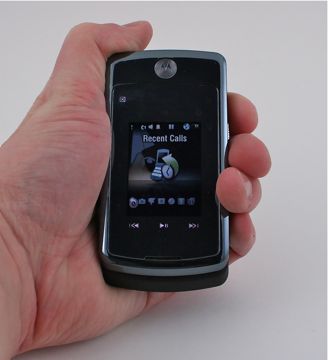
If you're a Nextel customer, you're probably used to chunky, industrial-looking handsets from Motorola. Motorola has taken its iconic (or tired, you decide) RAZR2 design and stuffed a PTT-capable phone inside. The result is the i9, which is by no means a small phone, but is certainly a better-looking iDEN phone than we've seen in the past. Can the i9 survive on its looks alone?
Body
The RAZR2 was not a small phone. Neither is the i9, which is based on the RAZR2s design language. It is wide and long. The i9 is a heavy phone and has considerable bulk to it. The size and weight combination may be off-putting to some, but it is surely a solid piece of hardware. It feels strong and tough, which should appeal to the targeted user of the i9. However, it's just thin enough that it will fit easily into the front pocket of even tight jeans.
The materials have a good feel to them. The back has a soft-touch paint job that makes it grip-y; it sits firmly in your hand. The hinge is rock solid. Opening and closing the i9 is very satisfying, and there's no looseness or side-to-side play in the hinge at all. It has just a tiny amount of spring assistance that grabs in the last 1/2 of the way open.
The sides of the i9 are a bit on the busy side. Starting with the left, we have a speakerphone key, then the volume toggle, followed by the PTT key and a hatch covering the microUSB port. All the buttons have good travel and feedback, though they are a bit difficult to tell apart from one another. It is all too easy to accidentally raise the volume when you mean to turn the speakerphone on, or start a PTT call when you mean to lower the volume. On the right side, there's a menu key near the very top. It brings up the menu on the external display of the i9. It has good travel and feedback. Tucked (too closely) up against it is a sliding switch that locks the external keys on the i9. At the bottom is a dedicated camera key.
Opening the phone up, you'll see the ginormous dialpad. I am generally not a fan of Motorola keypads. This one has lots of tiny little nubs spread all around for the numbers and function keys. Otherwise the keypad is perfectly flat. It is roomy enough that you're not going to feel cramped when using it. In fact, I tried using it with a pair of work gloves on, and was able to get by pretty well. The number keys all have good travel and feedback. There's the slightest ribbed texture to the entire keypad, and if you rub your thumb up and down, you'll hear a fairly noisy "zipper" sounds. The D-pad itself is huge. It is neither bad nor great, just a functional D-pad.
If you're interested in attaching headphones, you're going to need a USB adapter, as there is no standard headset jack. If you want to get at the microSD port, you'll have to remove the back cover of the phone.
In all, the hardware is pretty good.
The Three S's
Screen
The i9 has two displays, both of similar size and the same resolution. Both are bright and sharp and easily read outdoors, even in direct sunlight. Icons and images are nice a smooth, with little to no evidence of pixel edges. Colors looked great.
Signal
This is the first time I have tested an iDEN-only phone in NJ. Previous iDEN-enabled phones I've tested from Sprint also included CDMA radios. The i9 operates on iDEN 800MHz only. Signal quality was amazingly inconsistent and hit-or-miss. Sitting in the same spot, it would range from No Service to 4 bars of coverage. The i9's inconsistency was consistent across the metro NYC area. It often failed to find Nextel's iDEN network as often as it did find it. I missed calls all over the place. Since I haven't mapped out Nextel iDEN coverage in NJ, this could be playing a role in the signal performance of the i9 I tested. Coverage wasn't great in my basement, and the NJ vault completely killed the i9. No signal in there at all. Of course, the i9 just might also not be good at collecting 800MHz signals.
In order to build a frame of reference, I took the i9 to two local Nextel shops. In both stores, I compared the i9 to an i576, an i335 and an i9 to see if there were any differences. Both stores were located in "best" coverage zones, according to Nextel's coverage map. The i576 and i335 were much better at getting good signal strength from the iDEN network. They averaged 4 or 5 bars in the stores. My i9 and the other i9s I compared it to exhibited similar signal characteristics. They averaged 2 bars.
Sound
Ringers for the i9 are ear-piercingly loud. Holding the phone next to your head with the ringer set to full volume is asking for hearing loss. It literally caused me pain to have it set all the way up. This means you could probably bury the i9 in your backyard and you'll still hear it ring (OK, not really, but you WILL hear it all over the house). Trust me, you're not going to miss calls because the ringer isn't loud enough. When I had connectivity, quality of standard voice calls was excellent. Conversations were crystal clear, with no noises or interference of any kind. The ear piece volume could also be made plenty loud to hear your conversation. The speakerphone was also quite loud, and would be suitable to environments such as construction or other outdoor work sites.
Battery
Battery life was not one of the i9's strong suits. I managed to consistently get two days out of it, no matter how much I did or didn't use it. This included plenty of voice calls, PTT sessions, picture taking, message sending and using the browser.
Touch
The i9 has a number of capacitive touch areas on the bezel surrounding the exterior display. The i9 uses different buttons that light up depending on what application of the phone is being used. I found all the buttons to be responsive 90% of the time on the exterior. You can lightly touch them and activate the feature/function indicated. The i9 provides haptic feedback that was nice and strong. I noticed very few false positives.
Basics
Menus
The external display on the i9 lets you interact with and access a handful of the phone's features, such as the camera, your music. Press the menu button on the side of the phone and it pops up on the display. Using the capacitive buttons on the face of the phone, you can cycle through the carousel-style menu and pick which app to open. It's direct and straight-forward to use.
With the phone open, you have more options. The main menu is accessed by pressing a dedicated menu key (a button to the left of the D-pad). The main menu can be viewed in a carousel, list, grid or tabbed versions to suit your tastes. The main menu is a little slow to respond. You can't cycle instantly through all the menu items, each one takes a second to become selected. I found this to get in the way of quickly navigating around the menus.
Not only does moving the selector around take a long time, each individual menu item takes its sweet time opening up. The folders for things such as Settings, Tools, or Media have what you expect, and don't offer any surprises.
Perhaps the biggest impediment to navigating around the i9's menus quickly relates to the key configuration. There's no dedicated "back" or "clear" key. This ushers in some big problems. About one-third of the time, the "end" key serves as the "back/clear" key. Another one-third of the time, the right soft key serves as the "back/clear" key. And the other one-third of the time, there is simply no "back/clear" key at all. I found it to be amazingly inconsistent, and had a hard time learning which configuration was going to be the right one. Half the time, I hit the wrong key, and completely exited out of the menu/folder I was in, rather than going back one screen as I wanted. In my opinion, Moto messed up here.
Calls/Contacts
The i9 is the first phone I've encountered where pushing the green send key doesn't bring up a list of recent calls. Pressing the send key, in fact, does nothing unless you've already dialed a phone number. That's just weird. To actually get at your calls, you have to use the menu, which is flat-out annoying. I searched high and low in the menu system to see if this could be changed, and it can't.
When in a call, your options are extensive. The left and right soft keys will activate the mute and speakerphone. The main menu key on the phone will open the in-call menu, for doing things such as adding a line to the call, viewing your contacts, etc.
Pressing the PTT button will bring up the PTT menu for placing DirectConnect calls. The default action is for PTT to open your PTT contacts page. From here, you can tab sideways to see recent calls and DirectConnect memos.
Contacts can hold an extensive number of numbers, including home, mobile, DirectConnect and multiple work and fax numbers. You can also add in the requisite photo IDs, caller IDs and ringtones. You can search through your contacts by pressing the left soft key. The phone wont' search as you type. Rather, you have to enter what text you want and press the center of the D-pad to get it to sort through your contacts. It highlights the closest match in your contacts list.
Messaging
The i9 lets you send SMS and MMS messages from the messaging center with ease. You can compose a message and attach pictures from your library or capture a new image/recording during the composition process. I liked that messaging templates were easily accessible via a dedicated link. The included default templates were almost all work related (i.e., can you attend this meeting), but they can be customized by the end user.
You want email? You have to download and install Sprint's email application. It doesn't appear to incur any monthly charges. I was able to configure a Yahoo account easily. Others you can use include AIM, Gmail, Hotmail and AOL Mail. There are also options for "Work" (Outlook Web Access based) and "Other" (any POP or IMAP service).
The app itself seems rather half-assed. It can store only 25 emails at a time, and only 3 of your email contacts, which seems pretty worthless to me.
IM doesn't appear to be possible. No clients are on board, and it won't work via the browser.
Extras
Music
I really don't understand why Motorola would spend so much time and energy developing a decent media player, only to hobble the phone by not including a headset jack. There's no adapter in the box. Sure, it supports stereo Bluetooth, but let's face it, most people want to use whatever pair of headphones they have lying around, and those mostly have 3.5mm jacks.
That aside, the player can be accessed easily with the phone opened or closed. Personally, I really liked how well it worked when the phone is closed. The music app — as accessed from the external screen — lets you quickly jump into music and playlists. You use three controls below the screen to rewind, play/pause and fast-forward. Two other buttons appear on the left side of the display skipping through tracks. There is also a dedicated exit button, and a dedicated trash button if you care to remove the track from the playlist.
It's simple, to the point, and works.
With the phone open, you have a lot more control. The extent to which the music app can be customized is great. I has a wide range of EQs, reverb effects, 3D effects, altered visual effects and on and on. It has more features than some music-focused phones do. You can really control a lot about how the music player behaves, which is something that I appreciate.
As for sound quality, music through stereo Bluetooth headphones was pretty good. Using the speaker was fine if you wanted to just share a song with a friend.
Camera
The i9's camera is more enjoyable to use when the phone is closed. Press and hold the camera button, and it will launch in about 3 seconds. You hold the phone sideways, and the ModeShift buttons for adjusting some of the camera's controls light up. These include a button to switch to your library, switch to video capture, turn on the flash and zoom in/out.
Press the camera button halfway to focus, and then depress all the way to take the picture. The autofocus took a lot longer that I wanted it to, probably about 3 seconds per image. The camera took another second to shoot the image, then another second to process it. If you're interested in catching sports action, forget about it.
If you want to access the full bevy of controls for the camera, simply open up the i9. With the phone open, the D-pad offers quick access to zooming and and quick picture size adjustments. You have to press the menu button to get at all the settings. Things that stood out are the ability to adjust the way the camera focuses. You can choose scenery for general photography, macro for close-ups, or auto. In my experience, the auto setting pretty much equals scenery. If you want to take close-ups, take the time to switch it to macro mode.
The video recorder works in identical fashion to the still camera. The i9 can capture video at in 320 x 240, 176 x 144 and 128 x 96 resolutions. It can record until the memory is full. I couldn't find a setting for "MMS optimized". I suppose Motorola expects you to intrinsically know when to stop recording if you want to send a video as part of an MMS.
The gallery application is way more fun to use with the i9 closed. It presents a carousel of images spread across the bottom of the screen. You use the touch capacitance buttons to scroll through and open them. It is limited, however, in that all you can do is view your images when used this way. If you want to interact with your photos at all, you have to open the phone up, which takes you to the same place.
The default view of the main gallery is a list with thumbnails next to each file name. You can set up a slide show of your images quite easily, as well as attach them to messages. You can zoom in on your images and pan around them when in the slideshow view, but if you want to interact with them more you need to back out to the thumbnail view. Only there can you access the rather extensive editing features that let you crop, fix exposure, add frames, etc.
Photos/Video
Photos
The i9 has a 3.1 megapixel camera with autofocus and flash. With all that going for it, you'd expect at least half-way decent images. Alas, that's not the case. In fact, I was shocked at the poor quality of images the i9 captured, especially indoor shots. The were loaded with grain, noise and other artifacts. They also had a lack of true focus, and weren't properly lit, even when the flash was used.
Outdoor shots fared better. They were generally cleaner, less noisy and sharper, but colors still seemed muted to me.
Video
Video quality was so-so. There was plenty of noise and grain. Even set to the highest resolution, the i9 seemed to perform below what its 3.1 megapixels would suggest.

3GPP / MPEG-4 format (viewable with QuickTime)
Browse/Customize
Browser
With no CDMA EVDO on board the i9, browsing was painful at best. You're going to be stuck with WAP sites, and cruddy ones at that. The browser is clunky, slow, and just plain awful to look at. If you stick to Nextel's portal, you get pretty much nothing but text. No graphics, no animations, no fun of any kind. The portal has layer after layer after layer of menus and lists, and you have to dig for what seems like an eternity to get at any actual content. Want to browse the open Web? I say forget it. You can enter URLs, but the experience is so painful you may as well chew your fingers off. The i9 is not a phone that is meant to be a mobile Web powerhouse.
Customize
The i9 lets you customize the basic stuff. Wallpapers, ringtones, themes, and so on. You can re-order the main menu items, and set shortcuts for the D-pad and soft keys. Fonts can be set to small, medium and large. Small is really small, and large is really large. I would expect most users to stick with the default, which is medium. Changes in font size are reflected on all text throughout the phone's menus and applications.
Extras
Apps
The i9 does support Java apps that can be downloaded from Sprint's services. Most of them cost money, and many of them require subscriptions. The i9 reminds me of app support from 2002. It can't even come close to competing with today's phones. Yes, you can download apps and games, but the experience isn't all that great.
Bluetooth
The i9 supports mono and stereo Bluetooth headsets. Pairing them up was a snap. Voice call quality via both the mono and stereo headsets was very good. It was only slightly less awesome than the regular call quality. Music played back through stereo Bluetooth headphones was pretty good. It wasn't super fantastic, but I've heard much, much worse.
Clock
The clock can be set to digital, and several different analog styles. The i9's external display pretty much always shows the clock, even when the display is darkened. The time floats in the middle just a few shades of gray lighter than the black background. It isn't extremely visible, but it is there. Pretty any button on the side of the i9, and the screen will light up and you'll see the time big and bold.
GPS
The i9 has GPS on board and can download a host of different apps that tie into the GPS functions. Using the basic software that comes with the phone, you can perform satellite searches and determine your longitude and latitude. The problem is, finding the satellites takes an eternity. the first time, I gave up after 5 minutes. When I tried again, it took about 4 minutes. That far, far, too long to lock.
Video
Here is a video tour of the Motorola i9 for Sprint Nextel. We take it for a quick spin, and show you how the ModeShift buttons let you control the phone's external screen.
You can watch it here:
Or visit YouTube for more viewing and sharing options.
Wrap-up
The i9 confuses me. It does some things, such as calling and PTT, extremely well. The limitations of the iDEN network, however, are very clear.
The camera may have a good user interface, but the pictures are sub-par. The music player may work really well, but without a headset jack of any kind, it's rather wasted on this device. The SMS/MMS features work as well as on any other phone, but there's no IM support and the email application is extremely limited. These issues may not bother everyone, but they bother me.
At its core, the i9 succeeds at being a rock-solid communications device that improves stylistically over other iDEN phones from Motorola. It may be better looking than the typical iDEN chunker, but in this case, beauty is only skin deep.
Comments
It seems...
I personally cannot wait until Sprint shuts down iDEN for good. I will say GOOD RIDDANCE. 😈
(continues)


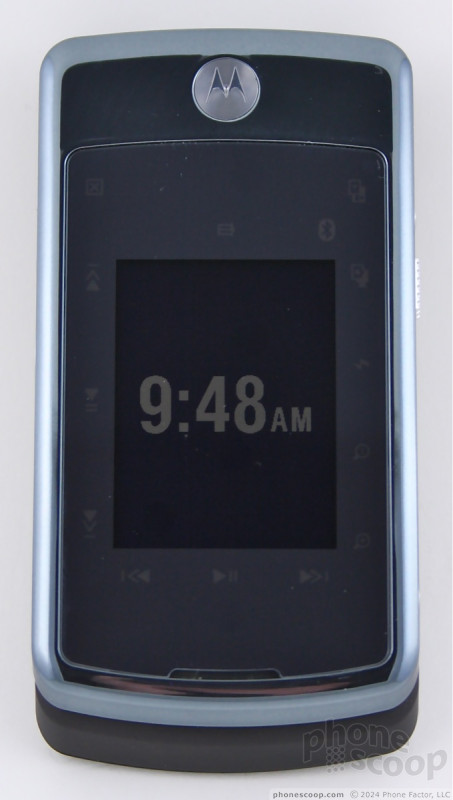









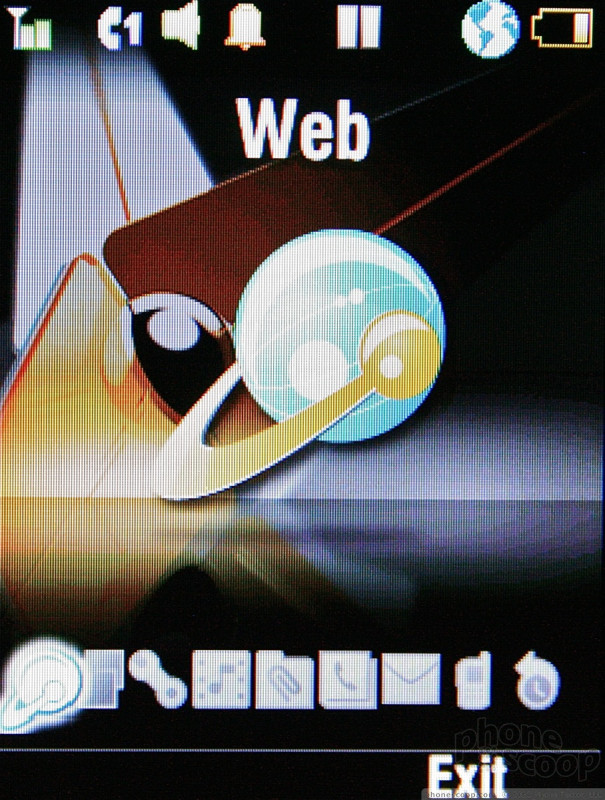








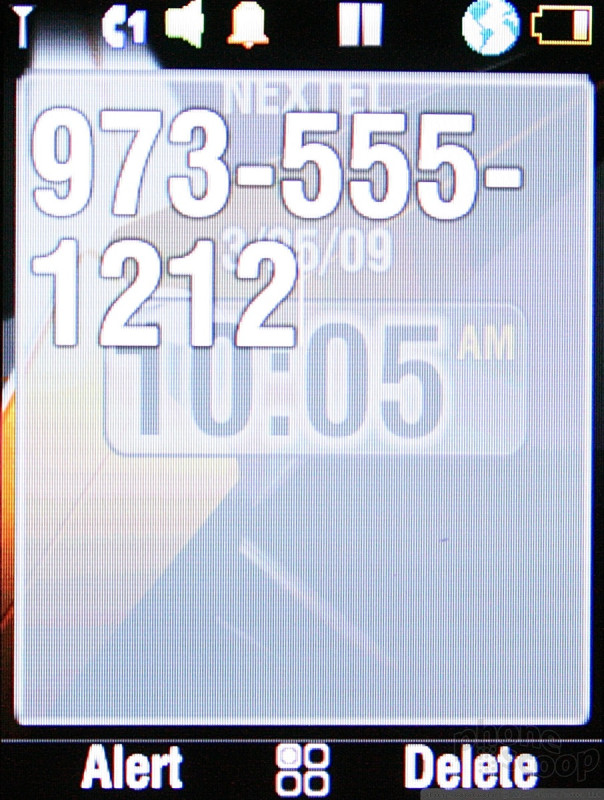





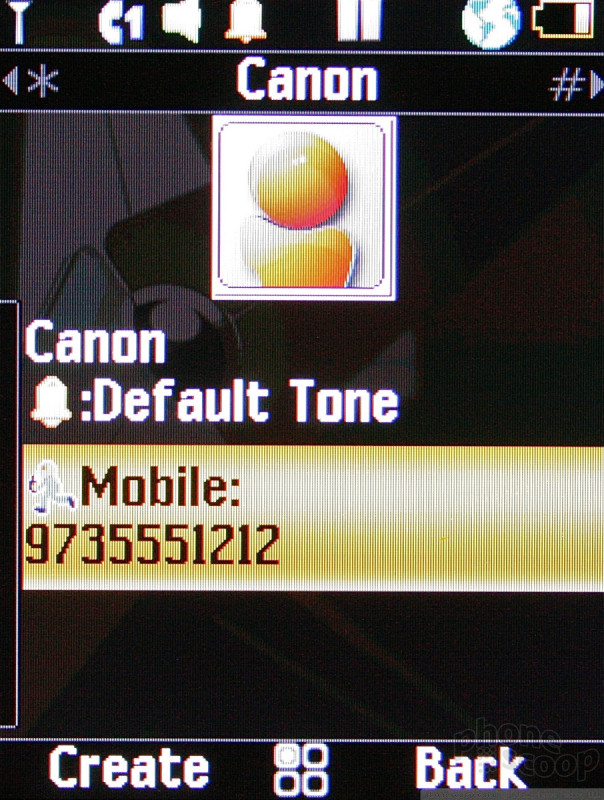




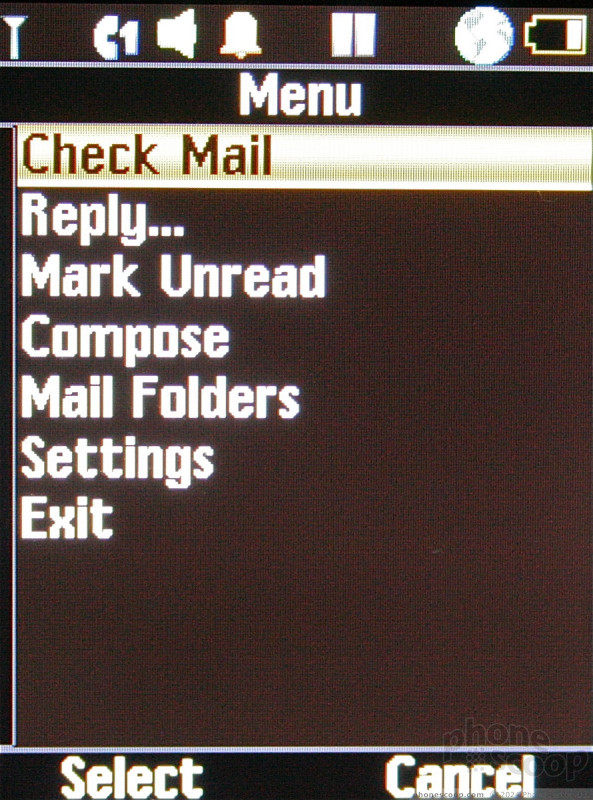










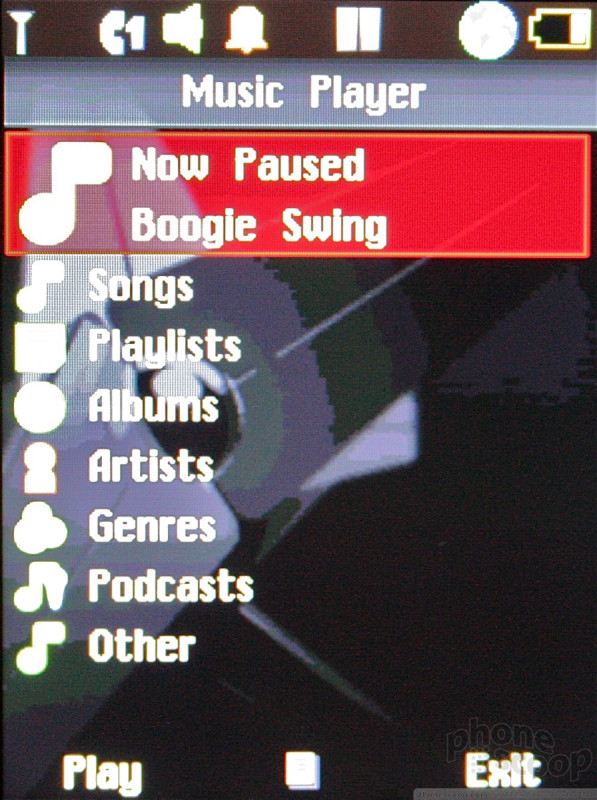







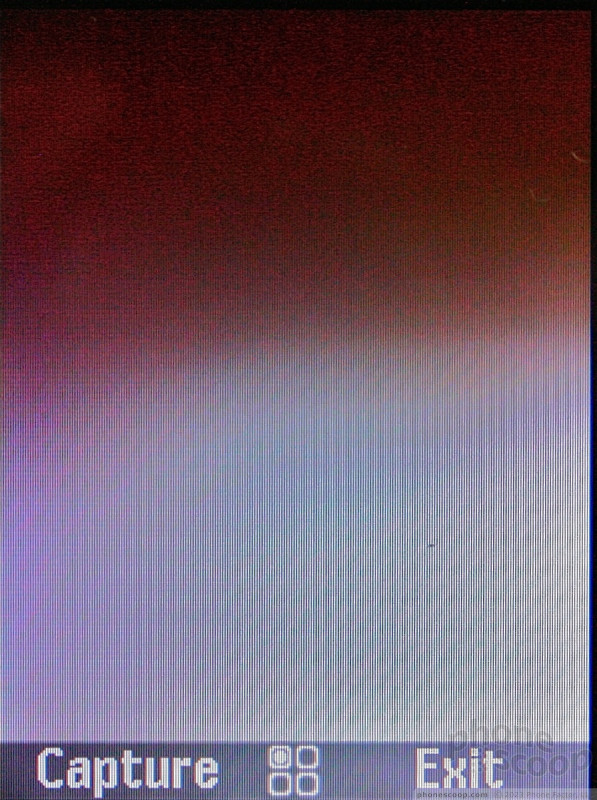




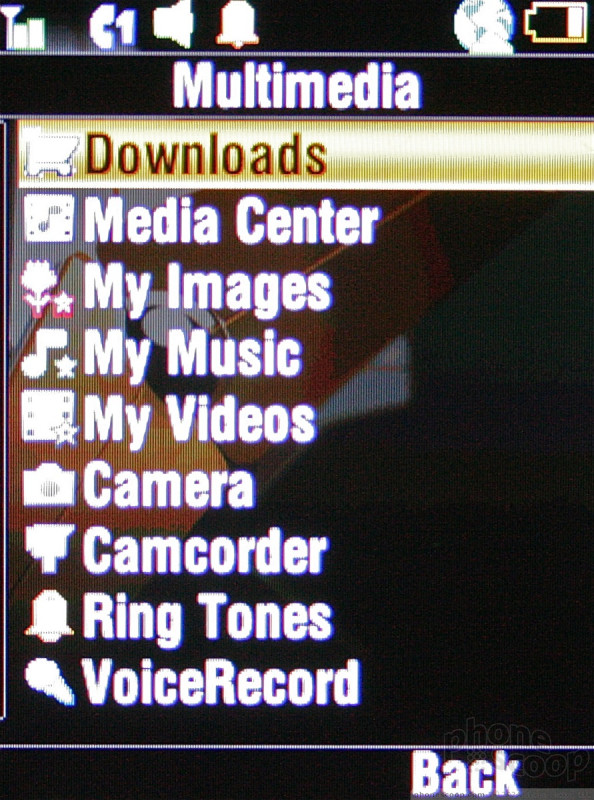









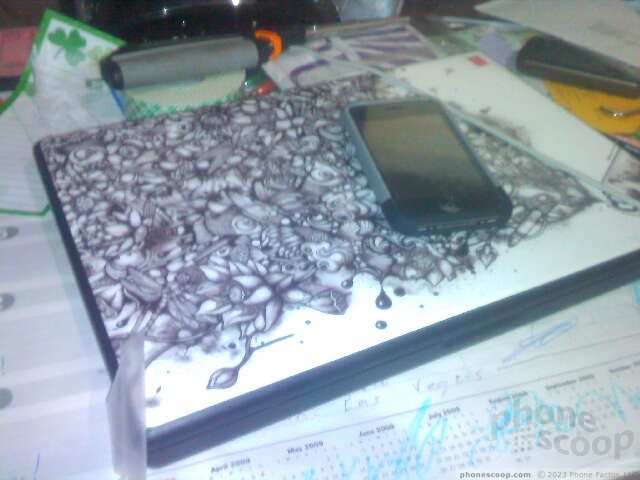












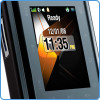 Video Tour: Motorola i9
Video Tour: Motorola i9
 iPhone 15 Series Goes All-In on USB-C and Dynamic Island
iPhone 15 Series Goes All-In on USB-C and Dynamic Island
 Samsung S24 Series Adds More AI, Updates the Hardware
Samsung S24 Series Adds More AI, Updates the Hardware
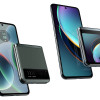 Motorola Gets Serious About Foldables with New RAZR Lineup
Motorola Gets Serious About Foldables with New RAZR Lineup
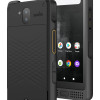 Verizon Continues Updating Rugged Lineup with Sonim XP10
Verizon Continues Updating Rugged Lineup with Sonim XP10
 Motorola i9 Stature
Motorola i9 Stature


